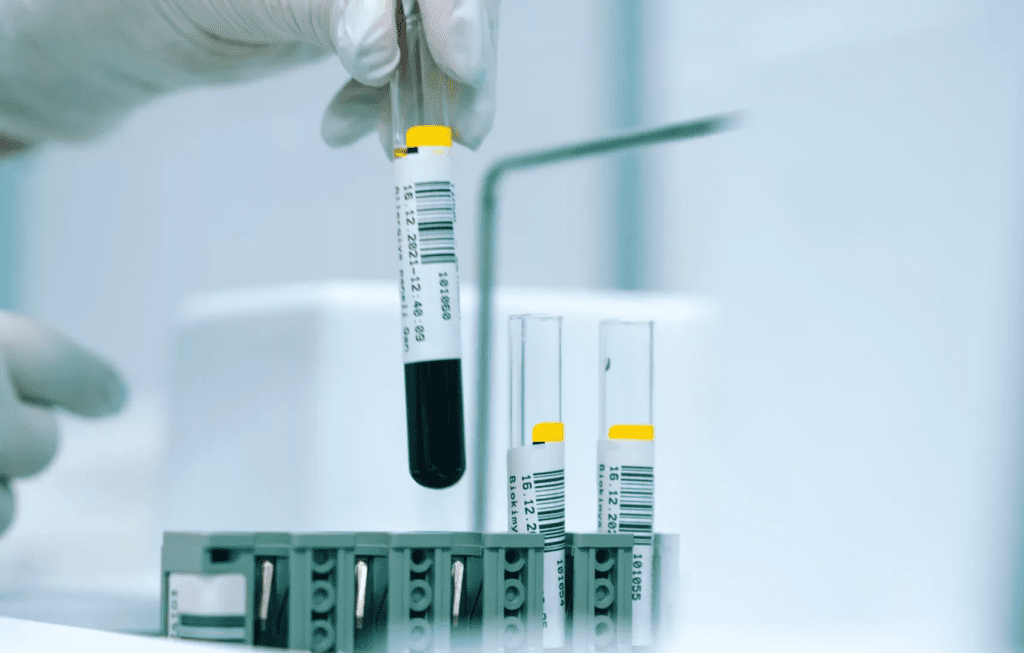
Pandemics, natural disasters, and surge capacity are three unpredictable elements with the potential to cripple our public health system.
Pandemics, natural disasters, and surge capacity are three unpredictable elements with the potential to cripple our public health system. During the COVID-19 pandemic, we recognized the critical role our public health laboratories play in protecting the health and safety of our communities. Detecting and monitoring infectious diseases, conducting surveillance, and responding to outbreaks are just a few essential functions these labs perform.
Unfortunately, the effectiveness of public health labs is often limited by a lack of resources, staff, and infrastructure.
That’s why Primary.Health has rolled up its sleeves to help California overcome these limitations.
By leveraging our technology and laboratory partnerships, we can build a more resilient and effective public health lab system. This new model can withstand the unpredictable challenges of pandemics, natural disasters, and surges in demand.
The problem
Imagine your lab is forced to shut down due to a natural disaster. To make matters worse, you’re facing a staff shortage due to a recent outbreak of a novel respiratory virus. At the same time, you’re inundated with a heap of specimens due to this outbreak that must be processed quickly so you can inform patients of their infection status.
Your only option, aside from having these patients retest, is to send the specimens off to a partner lab. However, that solution is time-consuming, resource-intensive, and less than ideal.
The solution
Although you cannot avoid rerouting specimens, Primary.Health can simplify and automate this process. With just a few clicks, our partnership with your Laboratory Information Management System (LIMS) provider will ensure orders are sent to partnering labs.
No faxing, no paperwork, no wasted time. All thanks to Electronic Test Orders and Results (ETOR), the interoperability standard for ordering tests from labs and receiving results.
How we do it
Our solution is simple: technology and partnerships. Had we not built strong relationships with 29 public health labs across California and their respective LIMS providers, we could not accomplish this effort. Each lab and the community it serves is unique. Each LIMS provider faces a unique set of constraints we must address. This is perhaps the greatest challenge.
At a high level, here’s how our solution works: Primary.Health’s Connect platform, our in-house integration and interoperability tool, serves as a bi-directional hub. Connect works as a translator between all connected labs, ensuring orders arrive with the receiving lab’s required fields and formats. Of special note, sending labs will also receive results back from the reference labs per CLIA requirements, ensuring a complete round-trip cycle.
Future implications
Connecting our public health labs in this way will improve public health outcomes by ensuring continuity of service during the most challenging of times. Working together, we can ensure patients and their providers receive the results and diagnoses needed to start treatment and prevent the spread of infectious disease.
Together, we are building a network that can streamline surveillance efforts and provide centralized insights to support epidemiological and sequencing studies. The result? A healthier and disease-free future for all of us.
We will share more about this project in this space. In the meantime, learn more by visiting our Public Health page or emailing us at cdph-phl@primary.health.
Alone we can do so little; together we can do so much.
Helen Keller
